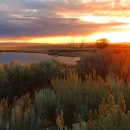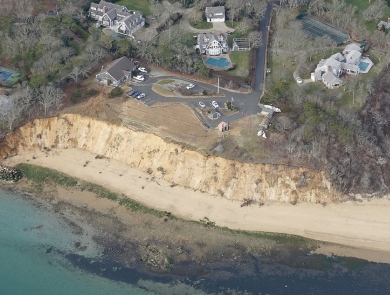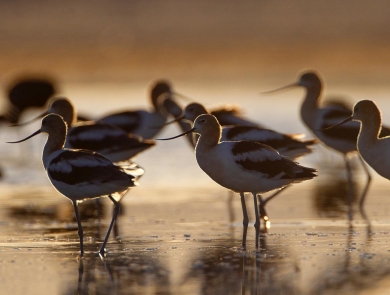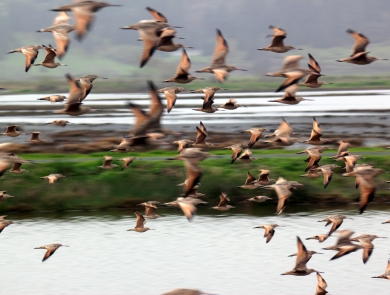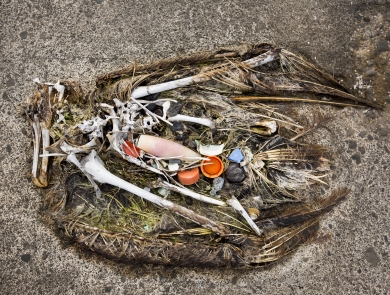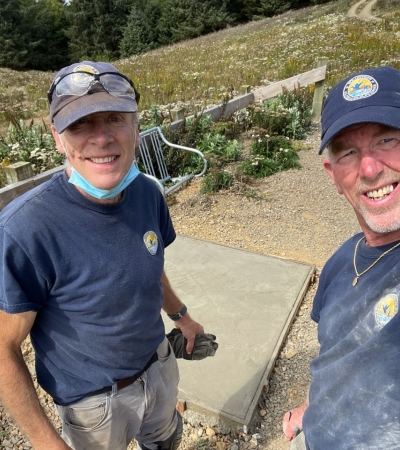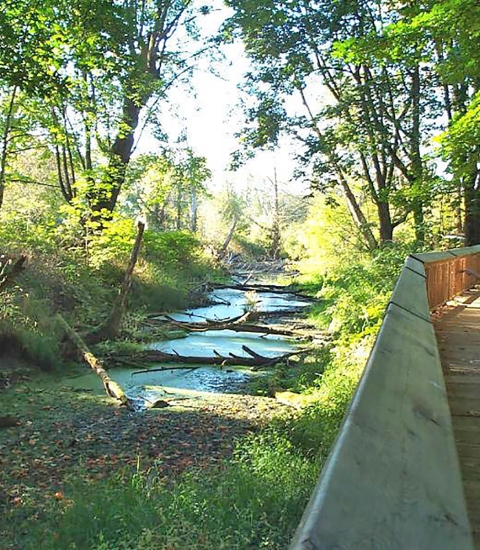Facility
Location
3691 Sodhouse Lane
Princeton, OR 97721
United States
Volunteer Position Overview
About This Position
Volunteers needed for June – August 2025
A Protective Oasis in the Oregon’s High Desert
Malheur National Wildlife Refuge is one of the crown jewels of the National Wildlife Refuge System. The Refuge protects more than 187,000 acres of prime habitat in the high desert. The Refuge is an important stop along the Pacific Flyway as a resting, breeding, and nesting area for hundreds of thousands of migratory birds and other wildlife. Famous for its tremendous diversity and spectacular concentrations of wildlife, Malheur is a mecca for birdwatchers and wildlife enthusiasts, and well-loved by its visitors, many returning year after year.
For more information, please visit the following:
- Official Website: https://www.fws.gov/refuge/malheur/
- Friends of Malheur Website: https://malheurfriends.org/
Why volunteer at Malheur National Wildlife Refuge?
- RV pad with full hookups, Wi-Fi, laundry facility, shower facility, and a common day room with extra sitting space, direct TV and a small, fully-equipped kitchen
- One-month commitment needed (more welcome)
- Work three, 8-hour consecutive days per week
- Enjoy sightings of more than 340 bird species and 67 mammal species, including rare and incidental birds
- Rural atmosphere, open spaces, beautiful landscapes, peaceful and dark skies
- Wonderful and engaging staff
Duties/Activities
Stories About Volunteering
Other Ways to Work with Us
Are you looking for something different than a volunteer opportunity? The Fish and Wildlife Service employs around 9,000 people nationwide and offers great internship opportunities every year.
